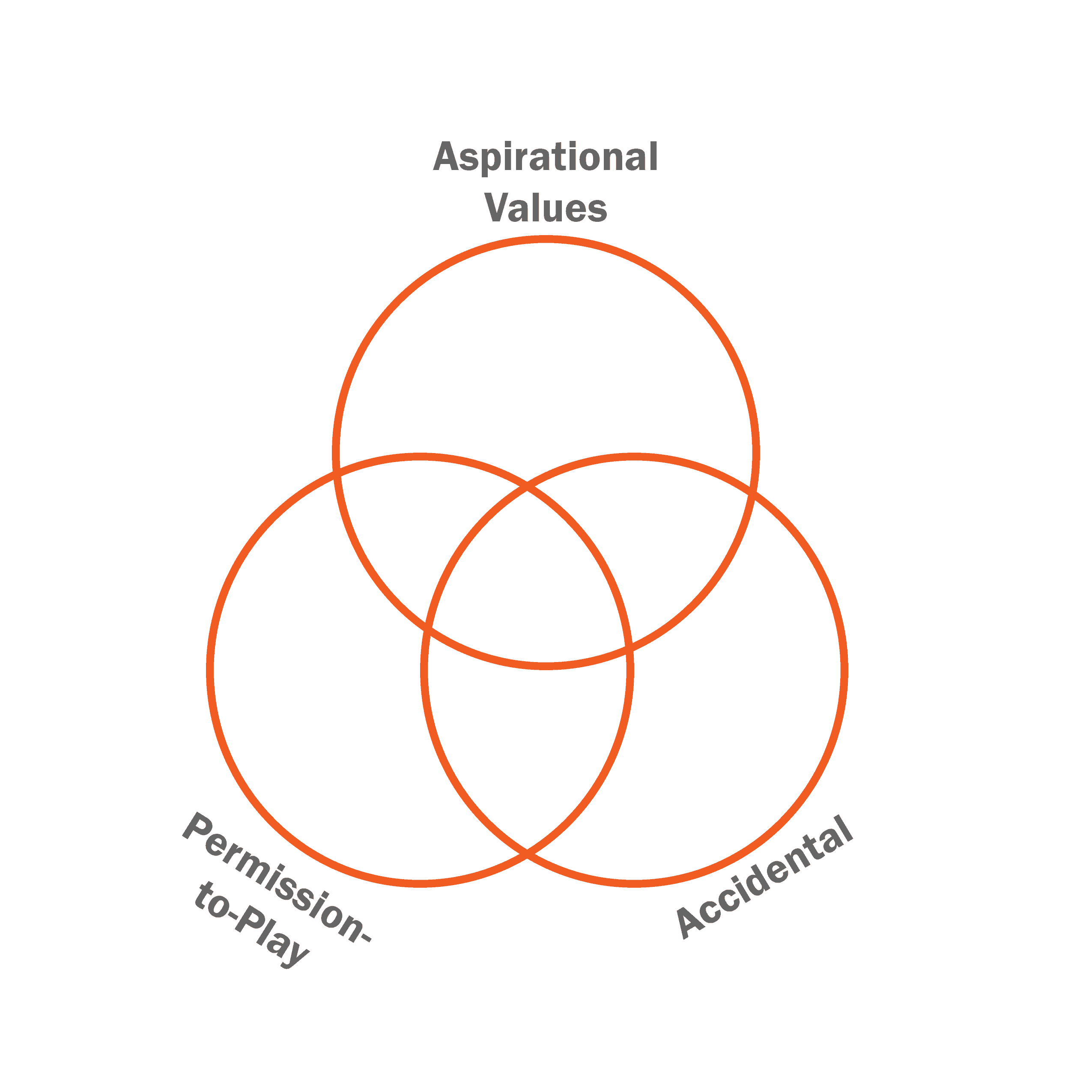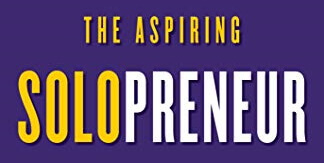Here’s the takeaway: Companies need to avoid these three traps when defining their core values.
 There’s a great Harvard Business Review article on core values by Patrick Lencioni, who is probably the most brilliant guy in the space. He identifies three value traps, mistakes companies often make when defining their core values. If they fall into any one of these traps, it makes it hard to use their core values to build and maintain an enduring company culture.
There’s a great Harvard Business Review article on core values by Patrick Lencioni, who is probably the most brilliant guy in the space. He identifies three value traps, mistakes companies often make when defining their core values. If they fall into any one of these traps, it makes it hard to use their core values to build and maintain an enduring company culture.
When I work with businesses, we use these traps as a filter. The process is more detailed, but in general I push and debate whether what they have identified as a possible core value fits within any of these three traps. You have to be honest and have a very candid conversation to make sure your values do not live within any of these three.
Permission-to-play: These are attributes that are basically a baseline to work in the industry, but they rarely define what is unique about your culture. Every company should have them. An example of this is if your company said that one of their core values was being “honest.” Really? Do I want to work with anyone who’s not honest? Someone who prides themselves on stealing and pillaging? If you’re a pirate or a Viking, those are great core values, but otherwise, probably not. Honesty and professionalism are both good examples of Permission-to-Play Core Values.
Aspirational Values: These characteristics sound great, but they don’t define the culture that exists in your organization today. If you say that your company prides themselves on being the nicest people on the planet, that’s great. But if you’re not? It’s going to be really hard to actually do that. Is your company actually over-the-top, George-Washington-cutting-down-the-apple-tree-honest, or are you just saying that because you think you should? The Core Values that you define need to be true of your company, today.
Accidental: These are the Core Values that you needed to have to get where you are, but they aren’t unique and might not last forever. A good example might be entrepreneurial spirit. It might have been helpful when you started the company, but every single member of your organization doesn’t need to have entrepreneurial spirit forever.
Adding this lens to your Core Values, and testing them with the EOS People Analyzer, will help make sure you have the cornerstone of a great labor component: the right people. When you combine this with a great accountability chart, you now have the tools to make sure you have the right people in the right seats.
Once you have your Core Values defined, how do you make them stick? We’ll cover that next time. And as always, if you think your organization’s core values might fall into one of these traps, feel free to reach out, anytime. There’s no obligations: We’re just here to help.





